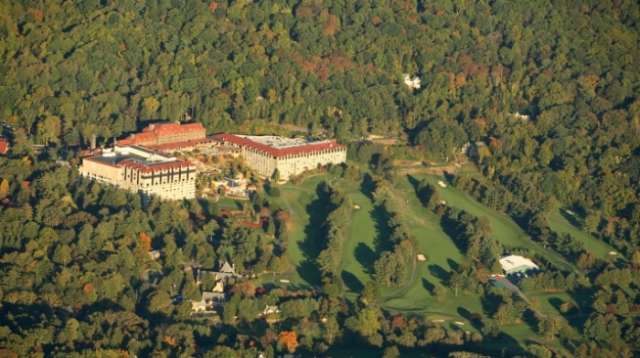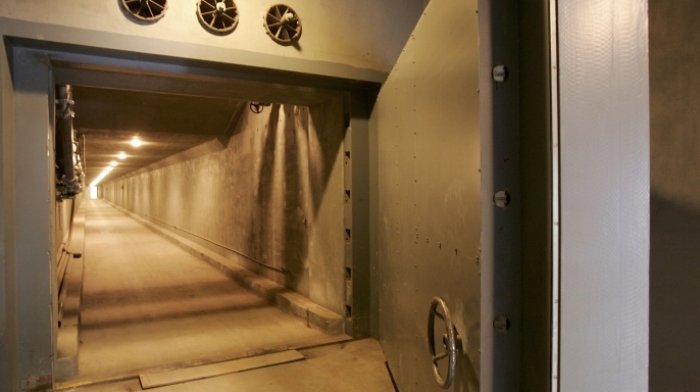
The Greenbrier—White Sulphur Springs, West Virginia
For decades the most ambitious Cold War hideout for the U.S. government was hidden in plain sight at a mountain retreat 250 miles southwest of the capital city. When the Greenbrier resort undertook construction of a new conference center in 1958, the expansion project included a top-secret doomsday bunker for the U.S. Congress that included everything from a dentist’s office to a 400-seat cafeteria.
While much of this intended wartime capitol was hidden behind reinforced concrete walls, the resort’s public meeting spaces included some of the facilities that would have been used by lawmakers. “For decades, you had conventioneers and conference-goers filing through the public spaces, never realizing they were actually sitting in the doomsday chambers of the House and Senate,” said Garrett M. Graff, author of Raven Rock: The Story of the U.S. Government’s Secret Plan to Save Itself—While the Rest of Us Die.
Although the construction project stirred local curiosity—workers were particularly puzzled as to why so many urinals were required—the 90,000-square-foot complex remained a secret until The Washington Post revealed it in 1992. The bunker is now open for public tours.
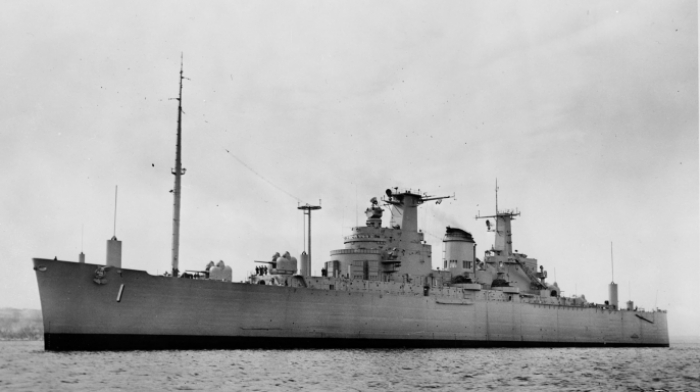
Floating White House—Atlantic Ocean
Beginning in 1962, two special Navy command ships—the light cruiser USS Northampton and light aircraft carrier USS Wright—were considered the best options for evacuating the president from Washington, D.C., in the event of a nuclear attack. Under the National Emergency Command Post Afloat (NECPA) plan, one of the two “Floating White Houses” was always at sea in the Atlantic Ocean, Chesapeake Bay or shadowing the president around the world.
The ships carried special Joint Chiefs personnel and featured elaborate staterooms with full communications capabilities. “The Soviet Union had such a weak navy that it was thought almost impossible to find the ships in the grand expanse of the Atlantic,” Graff said, “but once satellite technology made it easy to track ships and get aerial observations, it was quite clear it was no longer feasible to hide the president in the Atlantic Ocean.”
The NECPA plan was dropped in the early 1970s, and both ships were eventually sold for scrap.
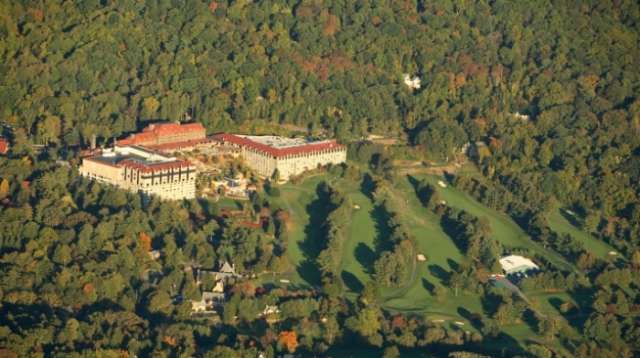
Grove Park Inn—Asheville, North Carolina
The Supreme Court’s doomsday digs would have been more luxurious than those of Congress and the White House. The nation’s highest court decided in 1955 that in the case of an apocalypse it would convene inside one of the three banquet halls of the palatial Grove Park Inn, which sported a golf course and—as an added perk—was in the process of building a new swimming pool.
One problem with the plan: Chief Justice Earl Warren said he would never leave Washington, D.C., after learning wives would not be allowed to evacuate with their husbands.
“There’s a funny intersection between government plans and normal human psychology,” Graff said. “The government still doesn’t plan for spouses and children, and the expectation is still today that people will leave their families behind and evacuate to whatever bunker they are supposed to go to.”
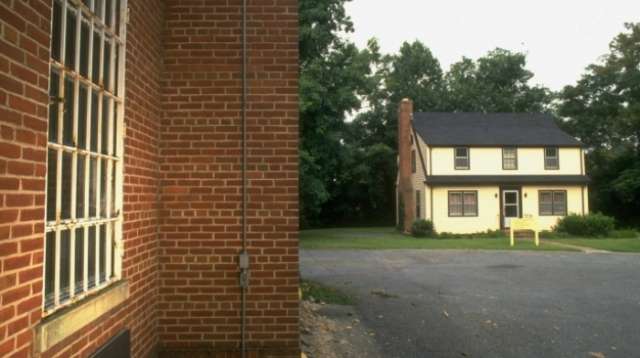
Randolph-Macon Woman’s College—Lynchburg, Virginia
During World War II, the National Gallery of Art hid dozens of its most precious paintings and sculptures—including Gilbert Stuart’s portrait of George Washington—in a first-floor music room of the Biltmore Estate, not far from the Grove Park Inn in Asheville, North Carolina.
With the advent of the nuclear age, a pre-staged convoy of trucks in the gallery’s garage stood at the ready to evacuate its masterpieces to a $550,000 privately funded facility at Randolph-Macon Woman’s College (now Randolph College) that included a fully stocked, three-bedroom cottage for the gallery’s curator. The facility is now home to the Maier Museum of Art.
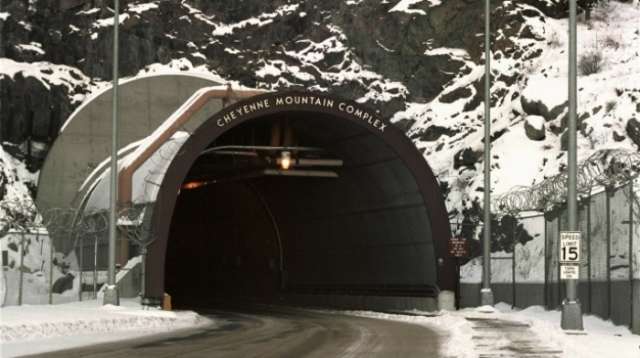
Cheyenne Mountain—Colorado Springs, Colorado
Unlike most of the other doomsday bunkers constructed during the Cold War, no secrecy surrounded the underground fortress built for the North American Aerospace Defense Command (NORAD). A public groundbreaking was even staged in 1961 as burrowing work began at the 9,000-foot-tall granite Cheyenne Mountain.
Two tons of dynamite a day were needed to build the five-acre complex that contains reservoirs of water and fuel and chambers capable of housing three-story buildings. The facility became fully operational in early 1967, but has since been re-designated as an alternate command center.
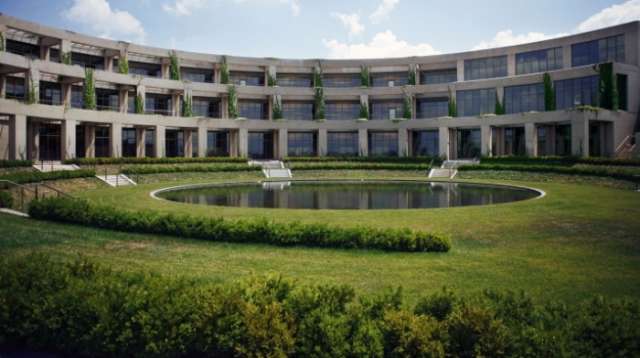
Mount Pony—Culpeper, Virginia
Built into a hillside 75 miles south of Washington, D.C., the doomsday bunker constructed for the chairman, board of directors and staff of the Federal Reserve System included an enormous vault that held more than $4 billion—enough to replenish currency east of the Mississippi River and maintain the money supply for the two years it would take for the Bureau of Printing and Engraving to resume operations.
Opened in 1969, the facility held 700 million pieces of currency, many of them the unpopular $2 bills reintroduced in 1976. “Rather than scrap them, the government packaged them all up and put them in the Mount Pony bunker. It would ensure that after nuclear war we would be largely using $2 bills, figuring people would be a lot less choosy about currency post-apocalypse,” Graff said. The underground bunker now houses an audio-visual archival facility for the Library of Congress.
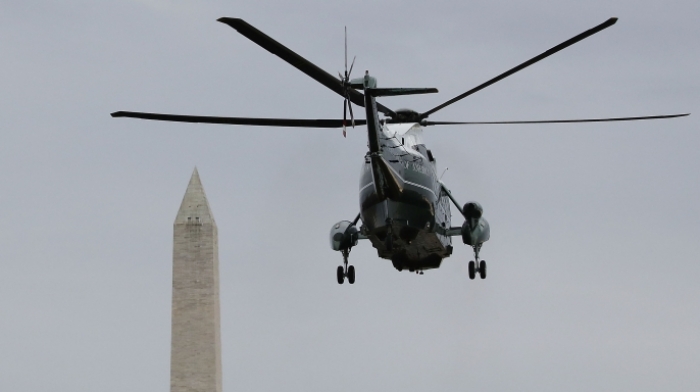
Outpost Mission—Harrisburg, Pennsylvania
Beginning in the 1950s, a helicopter search-and-rescue unit remained on standby outside the capital’s blast zone at Olmsted Air Force Base to save the president’s life. Wearing dark visors and lead-lined flight suits to protect against the effects of a nuclear blast, members of the special unit were trained to rescue the president from the rubble of the White House and relocate the commander-in-chief to a bunker or the Floating White House.
Although the unit disbanded in 1970 when advances in atomic weaponry practically eliminated the chances of surviving a nuclear blast, Graff says there is a modern analog to Outpost Mission still posted outside Washington, D.C. “It was put on alert in the hours after the 9/11 attacks to possibly dig Vice President Dick Cheney out of the rubble of the White House bunker,” he says.
More about: #topsecret








